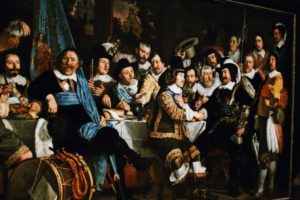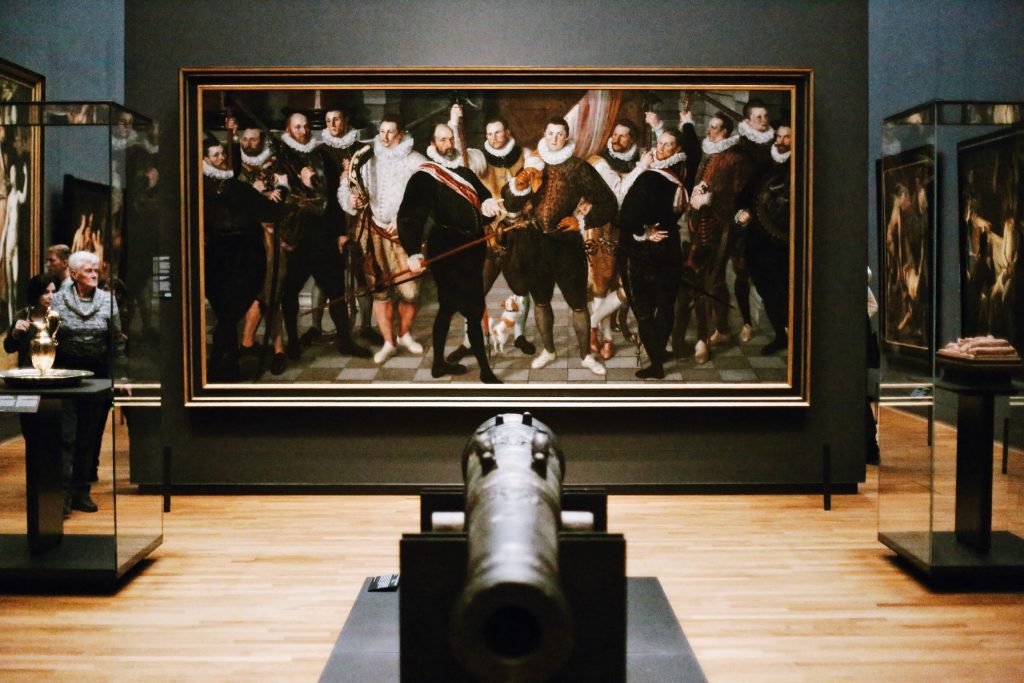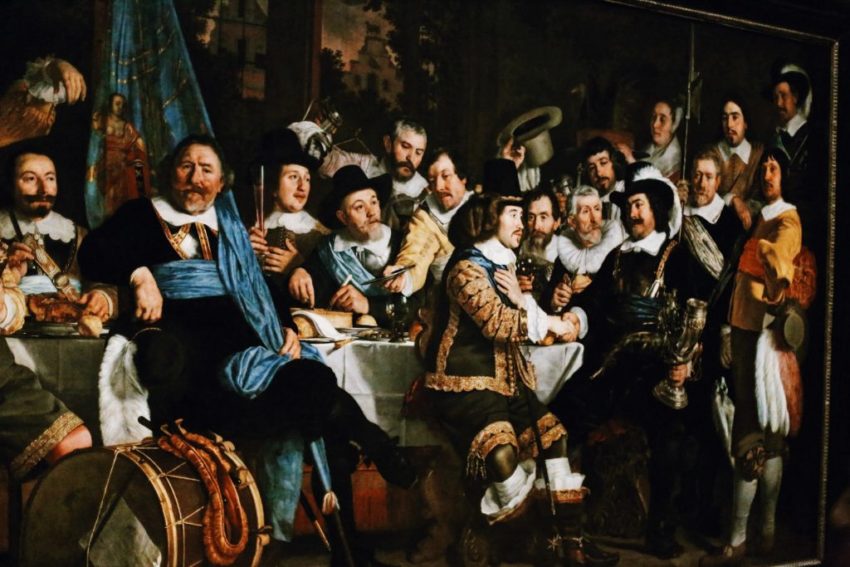
The blockbuster exhibition in Amsterdam, Rembrandt-Velázquez reveals that both these artists lived in countries that were at war and that they never met. The show is part of the series of exhibitions and events held to commemorate the 350th death anniversary of Rembrandt. It couples Rembrandt’s artworks with those by Velázquez, who is regarded as the most popular Spanish Golden Age artist.
The exhibition invites those on a Rijksmuseum tour to play a guessing game, so to speak, before looking at the exterior texts. That is, when you look at the works hung on the wall, you will think about their true nature. For instance, when looking at two paintings placed next to one another, you will wonder which work is Protestant and which one is Catholic.
The exhibition, which will run through January 19, 2020, is not what it seems to be. Actually, the two different creations of Velázquez and Rembrandt are just some items on view at the museum. At the heart of this exhibition are the works by the Dutch and Spanish contemporaries of those two artists. For instances, comparisons are drawn between Francisco de Zurbarán’s work and that of Pieter Saenredam. In another place of the museum, the Spaniard Bartolomé Murillo’s work is placed against Rembrandt’s, and so forth.
Comparative expositions attempt to attract new viewers with the thrilling experience of fresh connections. However, these kinds of mental gymnastics can easily turn tiresome except if the works speak to one another viscerally.
A Visual Delight
Chronological expositions that are organized around Fauvism, Dadaism, Impressionism and so on tried educating us on paradigms in art history. Ahistorical or new historical artwork combinations can break the mold and prompt people to think beyond well-ordered art historical things.
At least, Gregor Weber, the Rijksmuseum show’s curator, has handled the juxtapositions surprisingly agilely. Velázquez’s own portrait from 1640 and Rembrandt’s 1654 self-portrait reveal extraordinary subtle differences in texture and brush stroke. Both of them painted in muted colors, so you might think that they sat together in one room and worked in another from one palette. The fact is that they had not met.
Many of their works are juxtaposed in this exhibition, which is achieved through visual means. A wide range of colors makes up two different comical figure paintings, namely “The Buffoon El Primo” and “Peeckelhaering”.
Gregor Weber said, “The pairs come into a dialogue which strengthens the essential things that each of the works have to say.”

